Contents
| |||||
| Decades: | |||||
|---|---|---|---|---|---|
| See also: | Other events of 1834 List of years in Spain | ||||
Events from the year 1834 in Spain.
| |||||
| Decades: | |||||
|---|---|---|---|---|---|
| See also: | Other events of 1834 List of years in Spain | ||||
Events from the year 1834 in Spain.

The Arc de Triomphe de l'Étoile, often called simply the Arc de Triomphe, is one of the most famous monuments in Paris, France, standing at the western end of the Champs-Élysées at the centre of Place Charles de Gaulle, formerly named Place de l'Étoile—the étoile or "star" of the juncture formed by its twelve radiating avenues. The location of the arc and the plaza is shared between three arrondissements, 16th, 17th (north), and 8th (east). The Arc de Triomphe honours those who fought and died for France in the French Revolutionary and Napoleonic Wars, with the names of all French victories and generals inscribed on its inner and outer surfaces. Beneath its vault lies the Tomb of the Unknown Soldier from World War I.

1651 (MDCLI) was a common year starting on Sunday of the Gregorian calendar and a common year starting on Wednesday of the Julian calendar, the 1651st year of the Common Era (CE) and Anno Domini (AD) designations, the 651st year of the 2nd millennium, the 51st year of the 17th century, and the 2nd year of the 1650s decade. As of the start of 1651, the Gregorian calendar was 10 days ahead of the Julian calendar, which remained in localized use until 1923.

Yucatán, officially the Free and Sovereign State of Yucatán, is one of the 31 states which, along with Mexico City, constitute the 32 federal entities of Mexico. It comprises 106 separate municipalities, and its capital city is Mérida.
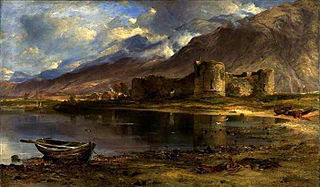
1645 (MDCXLV) was a common year starting on Sunday of the Gregorian calendar and a common year starting on Wednesday of the Julian calendar, the 1645th year of the Common Era (CE) and Anno Domini (AD) designations, the 645th year of the 2nd millennium, the 45th year of the 17th century, and the 6th year of the 1640s decade. As of the start of 1645, the Gregorian calendar was 10 days ahead of the Julian calendar, which remained in localized use until 1923.
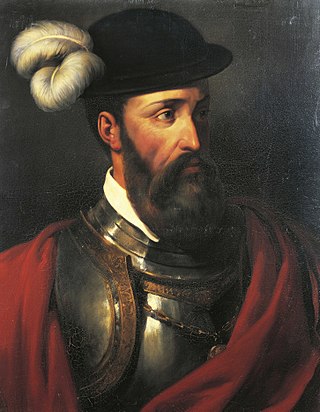
Francisco Pizarro, Marquess of the Atabillos was a Spanish conquistador, best known for his expeditions that led to the Spanish conquest of the Inca Empire.

Pedro Gutiérrez de Valdivia or Valdiva was a Spanish conquistador and the first royal governor of Chile. After serving with the Spanish army in Italy and Flanders, he was sent to South America in 1534, where he served as lieutenant under Francisco Pizarro in Peru, acting as his second in command.

José Francisco Morazán Quesada was a liberal Central American politician and general who served as president of the Federal Republic of Central America from 1830 to 1839. Before he was president of Central America he was the head of state of Honduras. He rose to prominence at the Battle of La Trinidad on November 11, 1827. Morazán then dominated the political and military scene of Central America until his execution in 1842.

The San Francisco Chronicle is a newspaper serving primarily the San Francisco Bay Area of Northern California. It was founded in 1865 as The Daily Dramatic Chronicle by teenage brothers Charles de Young and Michael H. de Young. The paper is owned by the Hearst Corporation, which bought it from the de Young family in 2000. It is the only major daily paper covering the city and county of San Francisco.
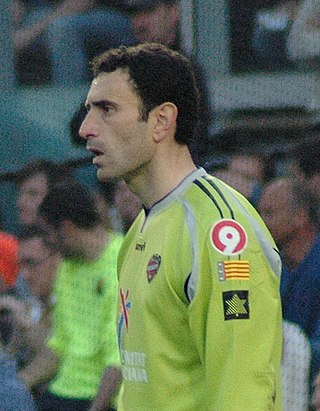
José Francisco Molina Jiménez is a Spanish former footballer who played as a goalkeeper, currently manager of Indian Super League club Mohun Bagan Super Giant.
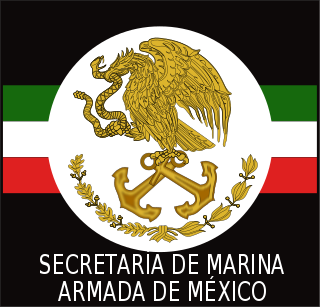
The Mexican Navy is one of the two independent armed forces of Mexico. The actual naval forces are called the Armada de México. The Secretaría de Marina (SEMAR) includes both the Armada itself and the attached ministerial and civil service. The commander of the Navy is the Secretary of the Navy, who is both a cabinet minister and a career naval officer.

José Trinidad Cabañas Fiallos was a liberal Honduran military general and politician who served as President of Honduras on two separate occasions: From 1 March to 6 July 1852. And 31 December 1853 to 6 June 1855. His role in Honduran history began during the First Central American Civil War. He became a Central America hero, when he attempted to reunite Central America, during Francisco Morazán's tenure and after the unionist's death.
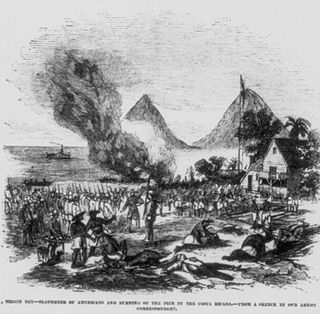
The Filibuster War or Walker affair was a military conflict between filibustering multinational troops stationed in Nicaragua and a coalition of Central American armies. An American mercenary, William Walker, and his small private army were invited to Nicaragua in 1855. He seized control of the country by 1856, but was ousted the following year.
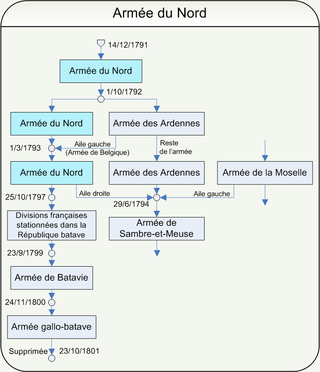
The Army of the North or Armée du Nord is a name given to several historical units of the French Army. The first was one of the French Revolutionary Armies that fought with distinction against the First Coalition from 1792 to 1795. Others existed during the Peninsular War, the Hundred Days and the Franco-Prussian War.

The National Pantheon of Venezuela is a final resting place for national heroes. The Pantheon was created in the 1870s on the site of the ruined Santísima Trinidad church from 1744 on the northern edge of the old town of Caracas, Venezuela.

1776 (MDCCLXXVI) was a leap year starting on Monday of the Gregorian calendar and a leap year starting on Friday of the Julian calendar, the 1776th year of the Common Era (CE) and Anno Domini (AD) designations, the 776th year of the 2nd millennium, the 76th year of the 18th century, and the 7th year of the 1770s decade. As of the start of 1776, the Gregorian calendar was 11 days ahead of the Julian calendar, which remained in localized use until 1923.

Pedro Ortiz de la Barriere Castro was a Spanish politician, military officer, and lawyer who served as the colonial intendant of the Intendancy of San Salvador from 1819 until 1821. He also served the first head of state of the Province of San Salvador after the signing of the Act of Independence of Central America from September to November 1821. He was killed in action at the Battle of Milingo during the First Central American Civil War.

Events from the year 1814 in Chile